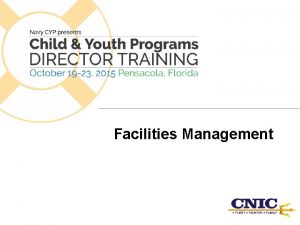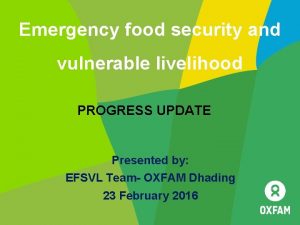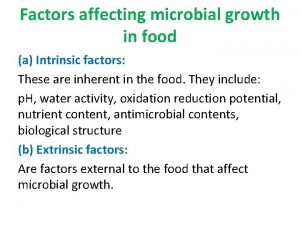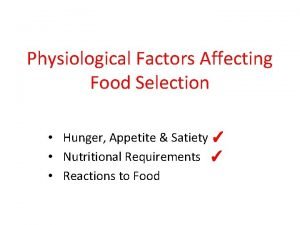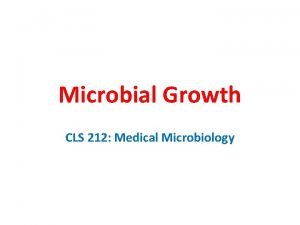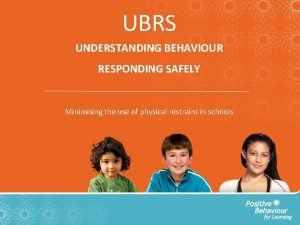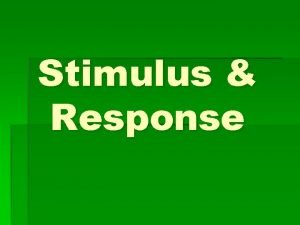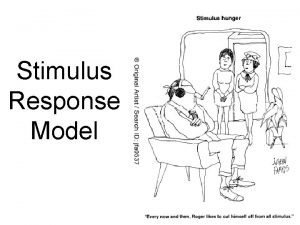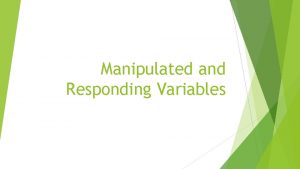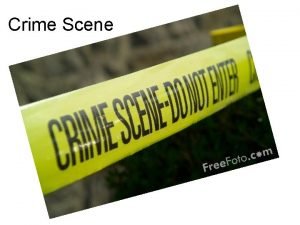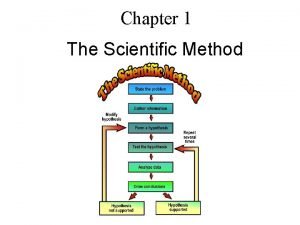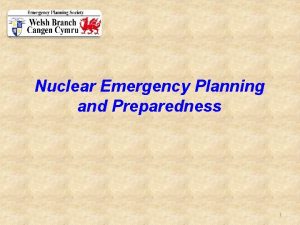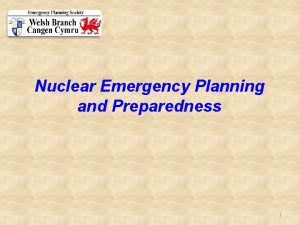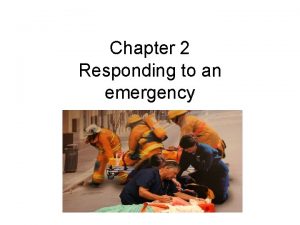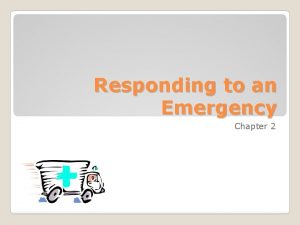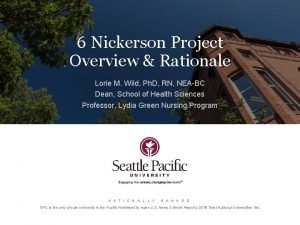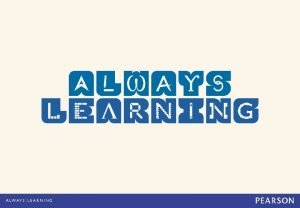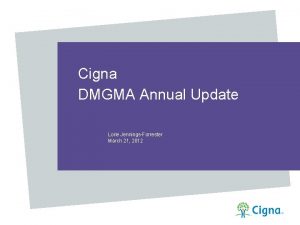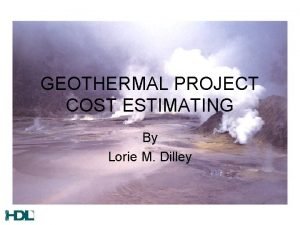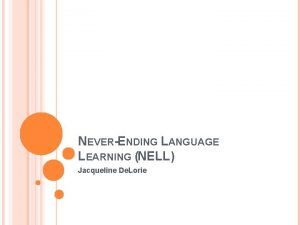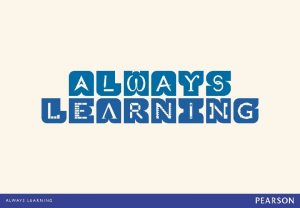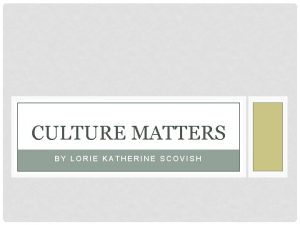RESPONDING TO A NUCLEAR EMERGENCY AFFECTING FOOD Lorie






















- Slides: 22

RESPONDING TO A NUCLEAR EMERGENCY AFFECTING FOOD Lorie Whitcombe, Health Canada Jo. Anne Ford, CFIA A presentation to the Food Forum for Industry and Government in Southwestern Ontario © 2011 Her Majesty the Queen in Right of Canada (Canadian Food Inspection Agency), all rights reserved. Use without permission is prohibited.

What is Radiation? • Radiation is energy in the form of electromagnetic waves or particles • Radiation can be divided into two categories: • Non-ionizing radiation (visual light, heat, microwaves, radio waves) • Ionizing radiation (alpha, beta, x-rays and gamma rays) • Ionizing radiation sources are higher energy than non-ionizing sources and have the potential to cause significant cellular damage upon exposure • Ionizing radiation sources: • can be found naturally everywhere in the environment (air, water, soil, cosmic rays) • can also be man-made (diagnostic x-rays, construction materials, diagnostic radioisotopes, nuclear fuel) • Precautions should always be taken to limit exposure to sources of ionizing radiation 2

Radiation Exposure vs. Radioactive Contamination Radiation Exposure occurs when: • The radioactive source is external to the body and does not come into physical contact with the body • UV rays from the sun are a constant source of non-ionizing radiation exposure • X-rays are a common source of ionizing radiation exposure Radioactive Contamination occurs when: • Radioactive materials come into direct contact with our skin, or are introduced into the body • Radioisotope particulates from a Radiological Dispersal Device or from a Nuclear Power Plant accident are potential sources of radioactive contamination 3

Potential Routes of Radiation Exposure or Radioactive Contamination During an Emergency 4

Federal Roles and Responsibilities During a Nuclear or Radiological Emergency • Nuclear activities and post-accident liability are federally regulated, thus implicate the federal government from onset of an emergency • Provinces have also pre-identified the need for federal assistance in responding to a nuclear emergency • Additionally, the federal government is also responsible for: • Areas of emergency response within its jurisdiction • Liaising with the international community and coordinating international support to an emergency in Canada • Liaising with diplomatic missions in Canada • Assisting Canadians abroad and • Coordinating the national response to a nuclear emergency occurring abroad 5

Federal Nuclear Emergency Plan (FNEP) • In a radiological / nuclear emergency, FNEP describes additional inter-departmental arrangements that will augment the “all-hazards Federal Emergency Response Plan (FERP) • The FNEP (2012) describes the framework for coordinating scientific and technical resources to support the federal off-site response to significant nuclear emergencies, either in delivery of its responsibilities or in support of provincial/territorial actions • These arrangements support governance/decision-making and provide technical assessment and operations to address radiological public health consequences • The FNEP focuses on specific multi-organization governance and scientific/technical arrangements that supplement the existing all-hazards provisions of these documents in the event of a nuclear emergency 6

FNEP Technical Assessment Group (TAG) The FNEP TAG is a multi-departmental group composed of scientific/technical experts from designated FNEP Government institutions, and is chaired by a senior technical expert The FNEP TAG: gathers data conducts assessments formulates science-based recommendations • implements appropriate actions for the management of off-site radiological consequences (if required) and • supports provinces and territories in accordance with the Provincial/Territorial Annexes of the FNEP • • • Health Canada is the designated departmental lead of FNEP, and the Director of HC’s Radiation Protection Bureau acts as the FNEP TAG Chair. CFIA is a FNEP (and TAG) member department 7

FNEP Ontario Annex • FNEP Ontario Annex is intended to be the bridge between the FNEP and the [Ontario] Provincial Nuclear Emergency Response Plan (PNERP) • Describes the points of interface between the technical federal, federal-regional and provincial governments • Describes the technical and scientific resources and capabilities that can be provided to (and may be requested by) the Province during a response • Contain lists of provincial response actions and corresponding FNEP-based ‘automatic triggers’ (if x, then y) o. Annex to be signed by both Health Canada and Province of Ontario, rendering the Annex a “prearrangement” as defined under the federal Emergency Management Act 6(3) o. Will allow expedited response arrangements to occur during an emergency 8

PEOC and PEOC Scientific Section • During a nuclear emergency, the overall responsibility for the coordination of off-site emergency response rests with the Province of Ontario • As the emergency unfolds, the Province will activate the Provincial Emergency Operations Centre (PEOC) and the PNERP and escalate the scale of response as appropriate • The PEOC is managed through an Incident Management System, composed of distinct units (Command, Operations, Finance, Planning and the Scientific Section) • The Scientific Section is responsible for: • • Guiding the overall scientific activities of the response Coordination the radiation monitoring and surveillance activities of the Environmental Radiation and Assurance Monitoring Group (ERAMG); a subgroup of the Scientific Section Analyzing the results of monitoring efforts and Providing recommendations on the adoption of protective and/or precautionary measures 9

Environmental Radiation and Assurance Monitoring Group (ERAMG) • • • The ERAMG is under the overall responsibility of the Ministry of Labour; but is considered to be co-led by the Ministry of Labour and Health Canada Both Provincial and Federal departments are members (including HC and CFIA) ERAMG includes the PEOCbased group and the Fieldbased group, which is further subdivided into: • Field Survey Team • Field Sampling Team 10

ERAMG The ERAMG plans and conducts the radiation monitoring and surveillance activities in potentially affected areas surrounding the emergency site and throughout the province, that are necessary for the enactment/removal of protective and precautionary measures Goal of monitoring and surveillance: • Confirm areas of safe agri-production through the sampling air, precipitation, water, milk and food 11

Protective Actions that may be enacted by the Province include: • • Shelter-in-place Evacuation Thyroid blocking (Potassium Iodide consumption) Use of Protective Equipment Food / water consumption controls Crop / livestock / milk ingestion controls Decontamination If the emergency is severe, the Province may enact any of the actions listed above immediately. In that case, the protective and precautionary measures are referred to as default actions Protective Actions are recommended and enacted in specific sectors depending on accident modelling and progression Precautionary Actions include measures such as the closing of beaches, schools, institutions etc. 12

CFIA’s Role In a Nuclear Emergency § Emergency response and § Field response to support the province of Ontario. § Identify and communicate with CFIA stakeholders. § Conduct sampling of consumer foods, and agricultural products including animal feed for radioactive contamination. 13

CFIA’s Role In a Nuclear Emergency § Work with other Federal and Provincial authorities to undertake activities within their mandated areas to support the Environmental Radiation and Assurance Monitoring Group (ERAMG) and/or Technical Assessment Group (TAG) in evaluating food/feed/livestock hazards. § Provide sampling data to the TAG. § Work with Federal and Provincial authorities to implement protective measures for foods, plant products, animals and feed under federal jurisdiction. 14

CFIA Field Activities During a Nuclear or Radiation Emergency § Identify CFIA regulated/inspected establishments affected by emergency. § Communicate with CFIA regulated/inspected establishments. § Sample foodstuffs and animal feed within CFIA mandate at locations identified as safe to do so. § Control measures for affected product. Provide additional resources as required to support ERAMG , PEOC, NEOC 15

In The Field ERAMG Scientific Section (PEOC) ERAMG Field Response Health Canada - MOL CFIA Field Response OMAFRA Field Response 16

Field Survey and Field Sampling Responsibilities of ERAMG 17

Legislative Framework for Food Safety § Safe Food for Canadians Act § Food and Drugs Act § Agricultural Products Act § § § Dairy Products Regulations Egg Regulations Fresh Fruit and Vegetable Regulations Honey Regulations Maple Products Regulations Processed Products Regulations § Feeds Act 18

Food Production Facilities Inspected by CFIA Federally Registered : Meat Processing and Slaughter Plants Dairy Product Facilities Honey/Maple Facilities § Egg Processing and Shell Egg Facilities § Processed Fruit and Vegetable Facilities § Fresh Fruit and Vegetable Packers/Exporters § Non-Registered Sector Food Facilities § CFIA also inspects registered animal feed mills 19

Control of Hazards § Licensing and Registration of Specified Food Production Facilities § Inspection and Investigation § Mandatory and Voluntary Recall of Foods § Authority to Sample § Power of Entry and Detention § Prosecution 20

Questions? 21

22
 Lorie boyd
Lorie boyd Lorie ladd wikipedia
Lorie ladd wikipedia Lesson 15 nuclear quest nuclear reactions
Lesson 15 nuclear quest nuclear reactions Fisión nuclear vs fision nuclear
Fisión nuclear vs fision nuclear Unit 2 food food food
Unit 2 food food food Sequence of food chain
Sequence of food chain Emergency food security and vulnerable livelihoods
Emergency food security and vulnerable livelihoods Factors affecting microbial growth in food
Factors affecting microbial growth in food What are the intrinsic factors for microbial growth
What are the intrinsic factors for microbial growth Physiological factors affecting food selection
Physiological factors affecting food selection Factors affecting growth of microbes
Factors affecting growth of microbes Manipulated variable and responding variable graph
Manipulated variable and responding variable graph Understanding behaviour responding safely
Understanding behaviour responding safely Responding to internal stimuli
Responding to internal stimuli Stimuli response model
Stimuli response model Night chapter questions
Night chapter questions Manipulated variable
Manipulated variable Affective domain responding
Affective domain responding Responding to peer pressure by shouting insults is
Responding to peer pressure by shouting insults is Why are line graphs powerful tools in science?
Why are line graphs powerful tools in science? _____ is done with the first responding officer.
_____ is done with the first responding officer. Congratulating and responding to congratulations dialogue
Congratulating and responding to congratulations dialogue Scientific method manipulated and responding variables
Scientific method manipulated and responding variables
